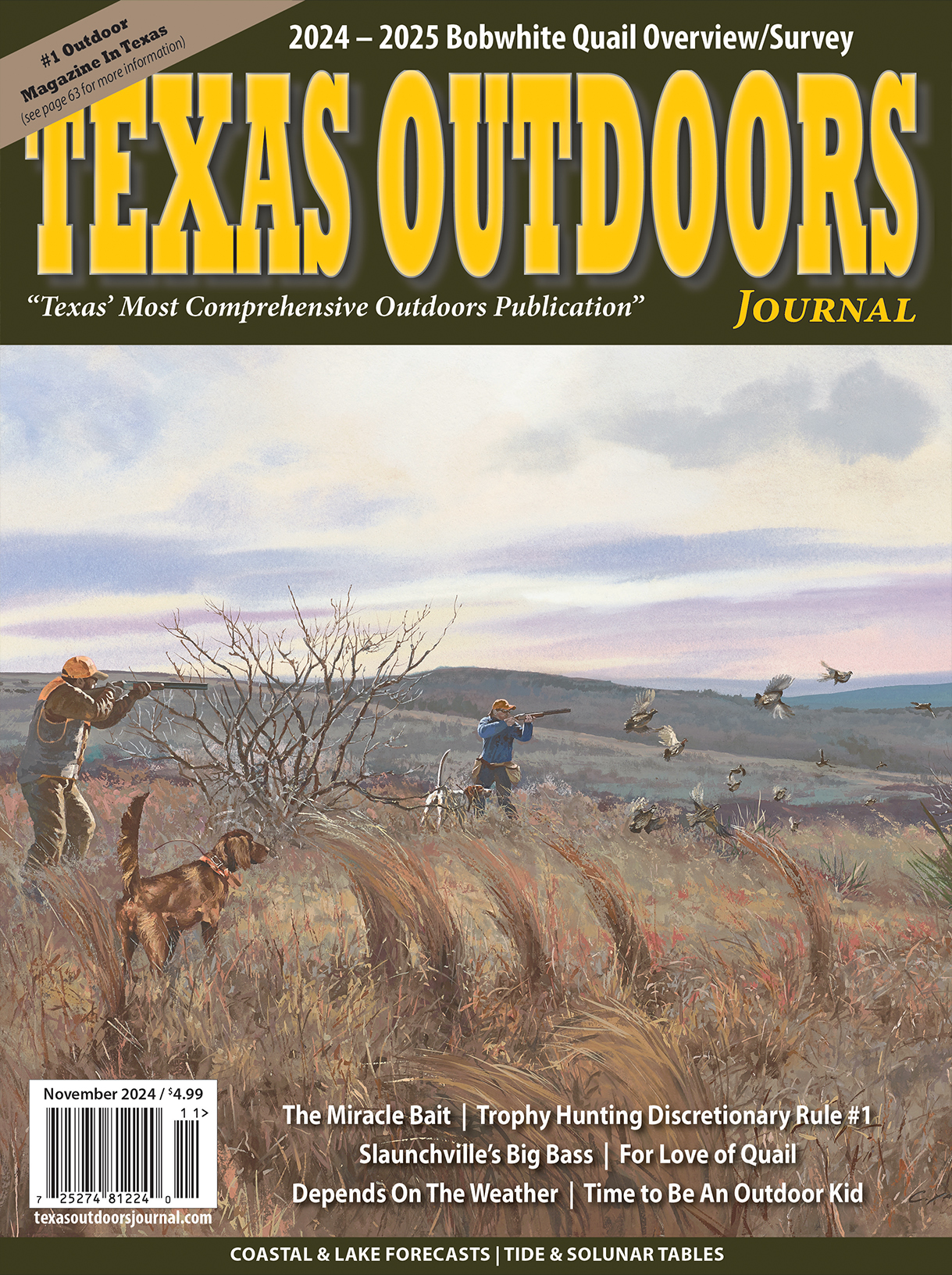
Record Effort to Combat Aquatic Invaders in Texas Yields Early Success, Looks to Next Steps
AUSTIN – Efforts to stop aquatic invasive species from taking over Texas waterways are ramping up this spring, made possible through record funding from state lawmakers. Invaders like giant salvinia, zebra mussels and many others blanket waterways and block boating, fishing and swimming, crowd out native species, spoil rivers and lakes, and clog power plant and municipal water pipes. Experts say it’s a huge challenge, but progress is being made, and the public still has a key role to play.
The 84th Texas Legislature provided $6.3 million to the Texas Parks and Wildlife Department for aquatic invasive species management in 2016-2017, an increase from $1.1 million in the previous biennium. Bolstered by this record appropriation, the department has built or expanded partnerships with universities, river authorities, municipal water districts, non-profits, local, state and federal agencies, and other partners to deliver more than 60 projects statewide, including these examples:
713,993 GIANT SALVINIA WEEVILS were produced and stocked in East Texas lakes to eat and control giant salvinia,
3,500 ACRES OF SALTCEDAR were treated along 112 miles of the upper Brazos River to restore habitats for wildlife, including game birds and endangered fishes,
17,643 ACRES OF GIANT SALVINIA were treated with herbicides on East Texas lakes, including Toledo Bend Reservoir and Caddo Lake,
4 RAPID RESPONSE events successfully “nipped in the bud” introductions of giant salvinia at Lake Fork, Falcon Lake, Brandy Branch, and Martin Creek reservoirs,
1,960 BOATS were inspected at 57 boat ramps on lakes infested or at high risk for zebra mussels,
334 LANDOWNERS cooperated to give experts access to manage Arundo (giant reed) along more than 100 miles of Hill Country rivers,
80 MARINAS were visited as part of outreach work to promote invasive species prevention,
575,000 REGISTERED BOATERS are receiving “Clean, Drain and Dry” outreach materials to prevent the spread of invasive species, and
177.7 MILLION IMPRESSIONS were made through radio, online, print, and outdoor advertising during giant salvinia and zebra mussel outreach campaigns.
Details about this work, including photos and story profiles showcasing various projects, are on the department’s aquatic invasive species management web pages.
With the summer boating season just ahead, the department and its partners will be calling for boaters help to stop the spread of aquatic invasive species like giant salvinia and zebra mussels that can be spread from lake to lake on boats and trailers. Given boats are the primary way these invasive species are spread, boaters need to “Clean, Drain and Dry” their boats, trailers, and gear every time they travel from one waterbody to another. An online video demonstrates the simple steps to properly clean, drain and dry a boat.
For more information about invasive plants and animals in Texas, visit www.texasinvasives.org.









